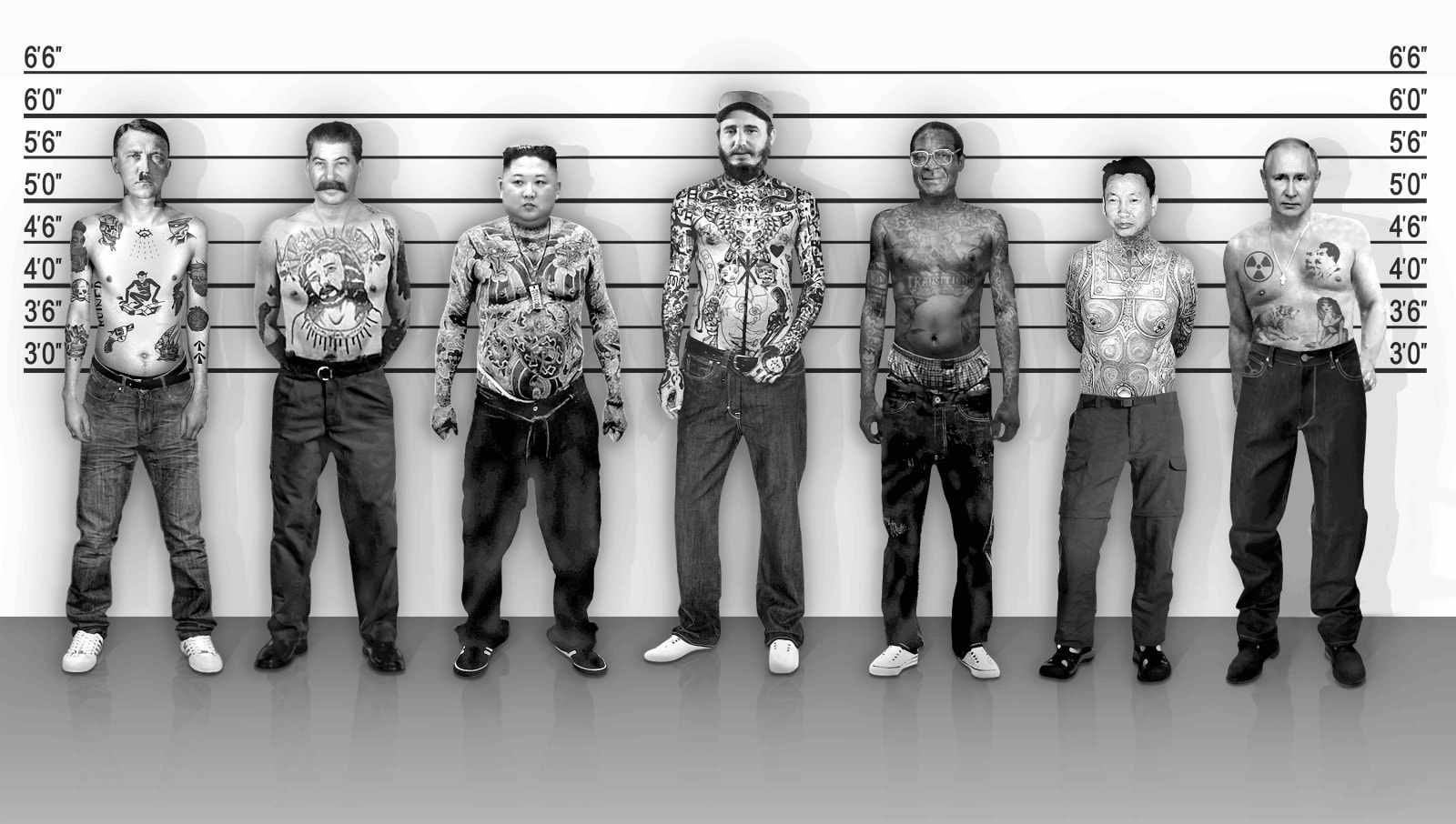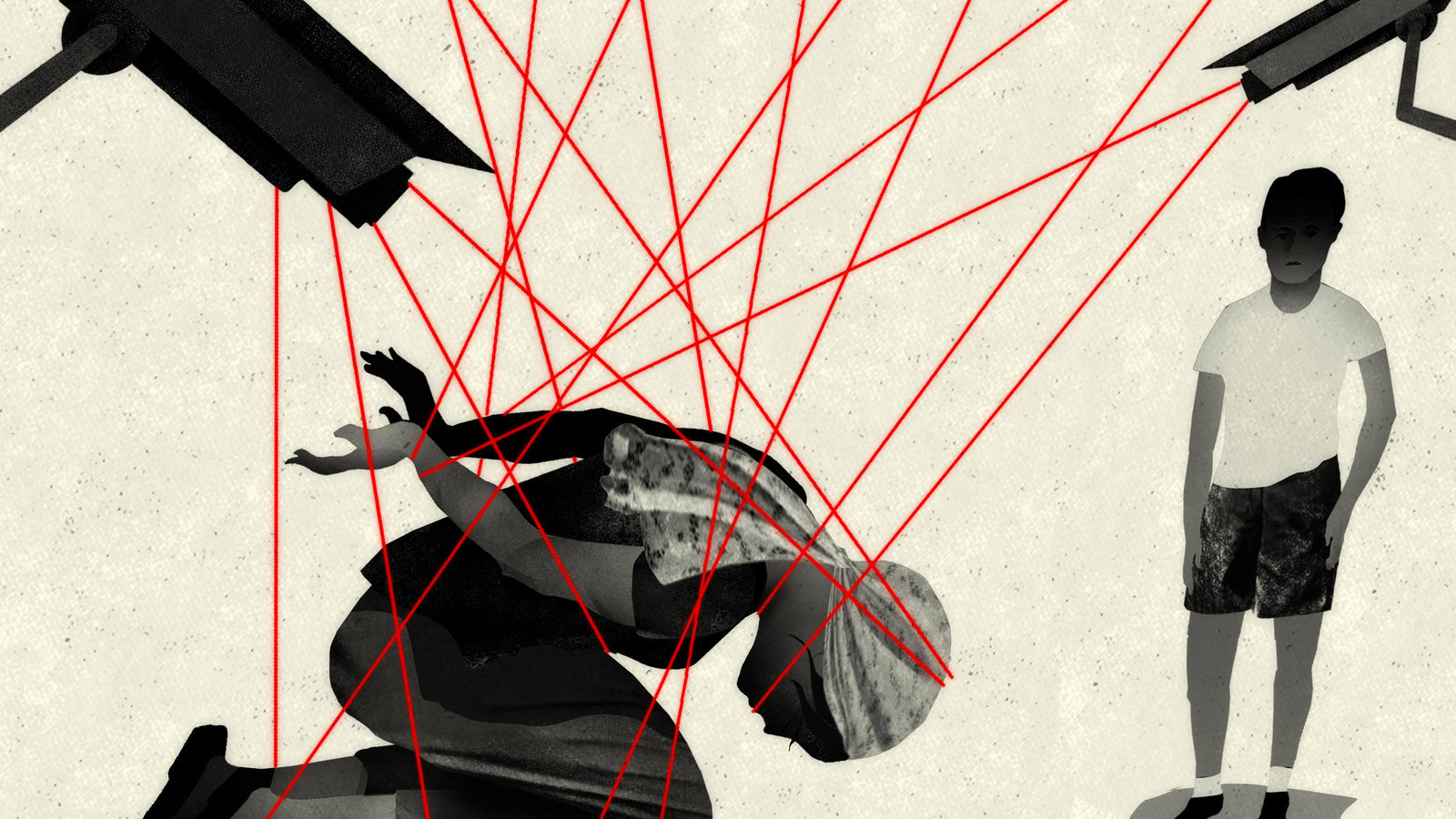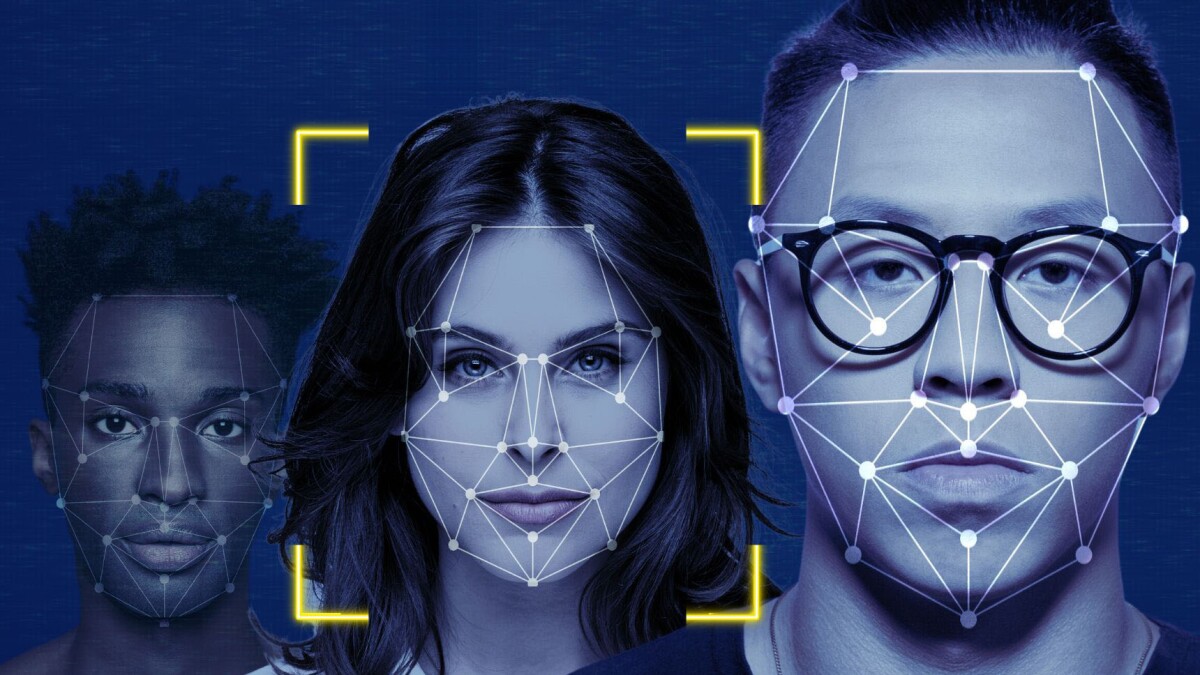
Facial Recognition Technology: The Double-Edged Sword
Facial recognition technology has been gaining traction in various industries, from retail to law enforcement. While it promises to enhance security and efficiency, concerns about its accuracy and potential for misidentification have sparked heated debates.
The Rise of Facial Recognition in Retail
In recent years, facial recognition technology has been increasingly used in shops to identify and deter shoplifters. One such example is Home Bargains, a UK-based discount retailer, which has implemented the technology in some of its stores. However, the system has been known to make mistakes, as in the case of Sara, who was wrongly accused of shoplifting and subsequently banned from all stores using the technology. The company behind the technology, Facewatch, acknowledged the error and apologized.
 Facial recognition technology in retail stores
Facial recognition technology in retail stores
Law Enforcement and Facial Recognition
Law enforcement agencies have also been using facial recognition technology to identify wanted individuals. While it has led to some successes, there have been cases of mistaken identity, such as Shaun Thompson, who was wrongly identified as a wanted man. These incidents have raised concerns about the reliability of the technology and its potential for abuse.
 Facial recognition technology in law enforcement
Facial recognition technology in law enforcement
The Concerns Surrounding Facial Recognition
Civil liberty groups have been vocal about their concerns regarding the use of facial recognition technology, citing the potential for abuse and the lack of regulation. As the technology becomes more widespread, it is essential to address these concerns and ensure that its implementation is transparent and accountable.
 The ethics of facial recognition technology
The ethics of facial recognition technology
Conclusion
Facial recognition technology is a double-edged sword, offering benefits in terms of security and efficiency, but also posing risks to individual privacy and liberty. As its use becomes more widespread, it is crucial to strike a balance between its benefits and the need for regulation and accountability.
 The future of facial recognition technology
The future of facial recognition technology















